
Introduction
The Z 17-28mm f/2.8 is a fast ultra-wide-angle zoom lens for Nikon’s range of full-frame and APS-C mirrorless cameras.
This new wide-angle zoom features a constant aperture of F2.8 throughout the range, a stepping motor for quiet and fast AF operation, and a moisture-sealed construction.
It can also be used on an APS-C cropped sensor camera body like the Z50 and Z fc, where it offers an effective 24.5-42mm focal range.
The optical formula is comprised of 13 lenses in 11 groups, including three aspherical lens elements, two LD (Low Dispersion) lens elements and one XLD (eXtra Low Dispersion) lens element.
This lens has a 9 blade diaphragm which creates an attractive blur to the out-of-focus areas of the image and it has a dust and drip resistant design.
An internal focusing mechanism means the lens barrel doesn’t move, and it offers an impressive minimum focusing distance of 0.19 m / 0.63 ft (at 17mm) and a maximum magnification ratio of 0.19x, whilst using 67m filters.
There’s a configurable ring on the lens barrel which is by default set to manual focus but alternatively allows you to control either aperture, exposure compensation or ISO speed.
The Nikon Z 17-28mm f/2.8 lens is available now and is officially priced at £1199 / $1199 in the UK and USA respectively. It is designed in Japan and made in China.
Ease of Use
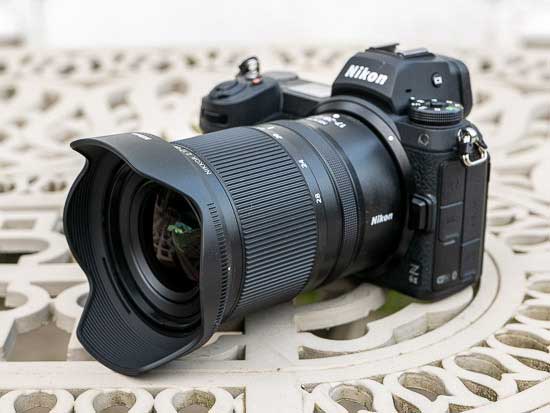
Considering that it offers a fast and constant maximum aperture of F2.8, the Nikon Z 17-28mm f/2.8 lens is surprisingly compact and lightweight, measuring 10cms / 4 inches in length and weighing in at only 450g (15.9 oz).
It’s more compact and lighter than the comparable Z 14-24mm f/2.8 S lens, which is approximately 30% heavier and uses a larger filter size.
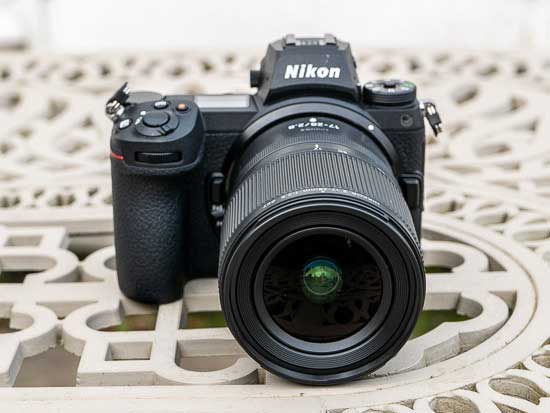
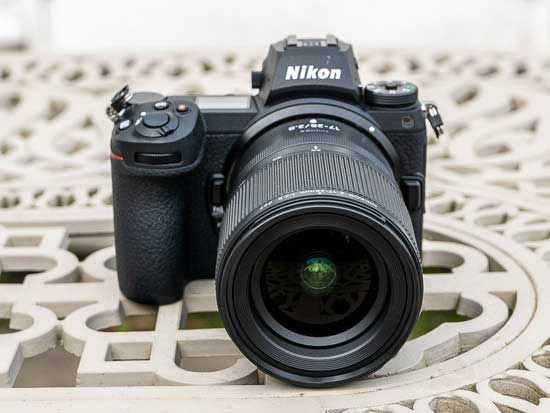
In addition to using it on full-frame cameras like the Z6 II that we tested it with, you can also use this lens on a smaller APS-C body, where the equivalent focal length changes to a still useful range of 24.5-42mm.
As demonstrated by the product images above and below, the Nikon 17-28mm F2.8 proved to be a perfect match for a full-frame camera like the Z 6 II.
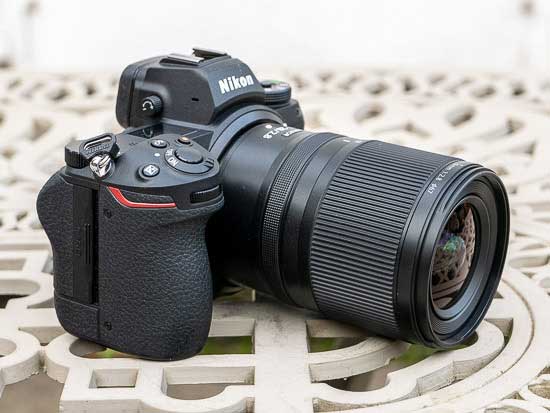
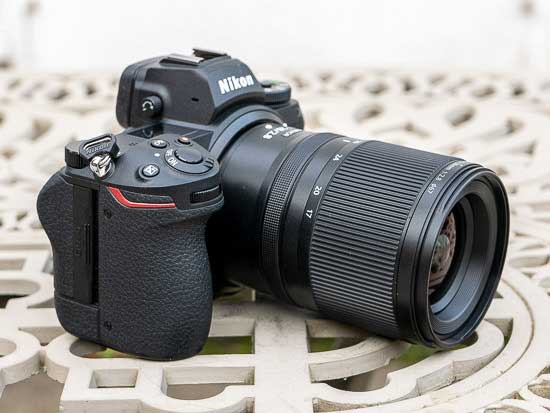
Build quality is fine, but not quite as good as some recent Nikon lenses that we’ve reviewed. The Nikon Z 17-28mm f/2.8 feels solid enough in your hand, despite its mostly polycarbonate construction.
This lens is designed in Japan, but it’s actually made in China.
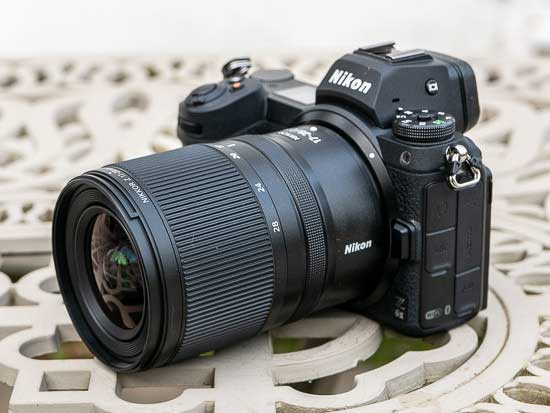
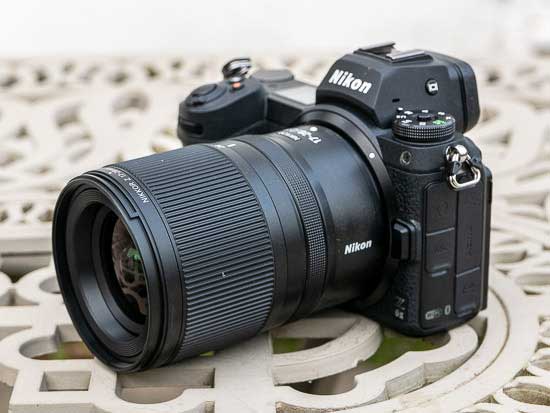
There are no other external features on the lens other than the zoom and shared focus/control rings. The zoom ring is generously wide and has a ridged, rubberised grip band. There is no focus lock switch as on many other Nikon zooms.
The lens does not extend when fully zoomed out to 28mm – if you look carefully, it’s actually at its longest when set to 17mm, although it still doesn’t extend past the end of the lens barrel.
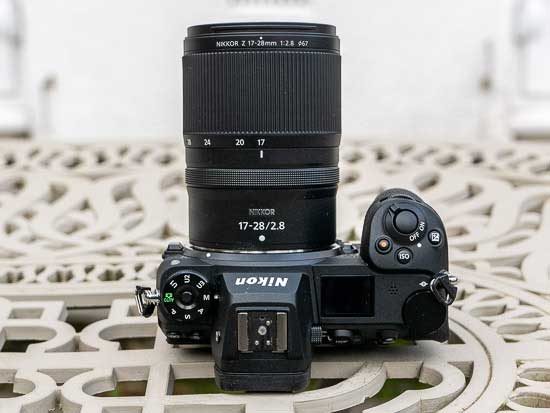
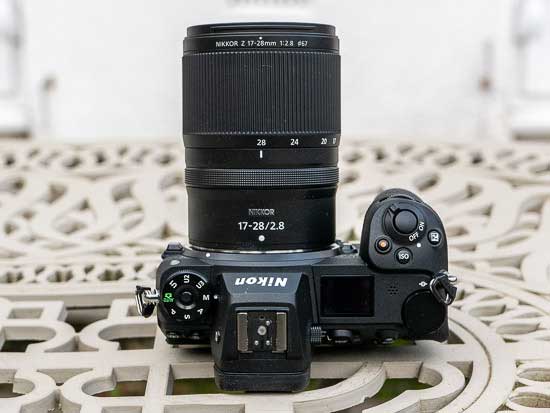
Towards the lens mount end of the Nikon Z 28-75mm F2.8 lens, there’s the second (and smallest) of the lens’ two rings, which can be customised to one of four different settings.
By default it is set to control manual focus, but you can also change it to adjust the aperture, exposure compensation or ISO speed. Alternatively you can have it set to do nothing at all.
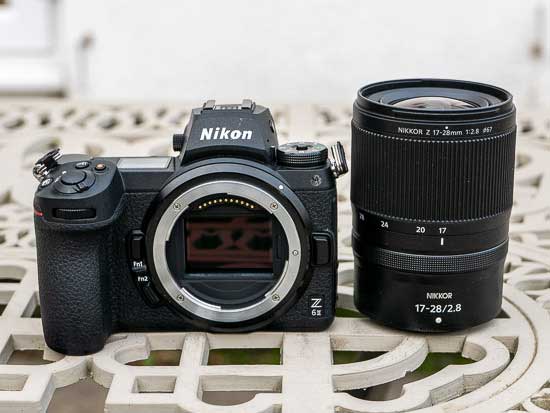
The knurled focusing/control ring is much narrower than the zoom ring, making it more difficult to locate in a rush.
When used as a focusing ring, note that it has no hard stops at either end, making it harder to know when you have reached infinity focusing. The ring has just enough resistance to make fine adjustments to manual focusing, without having too much give.
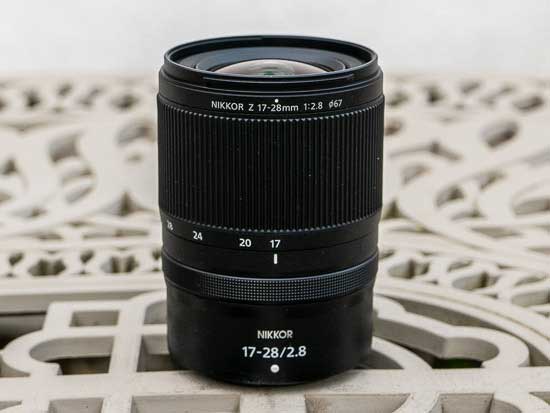
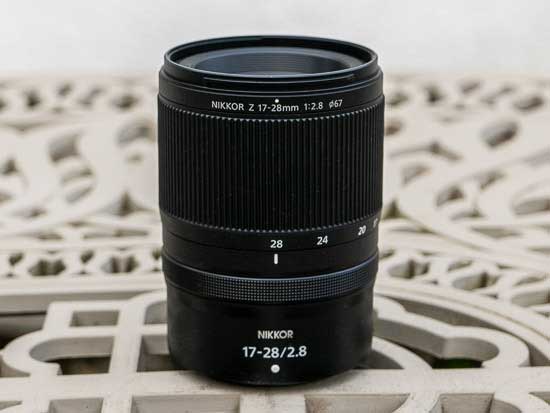
The Nikon Z 17-28mm f/2.8 features a stepping motor that allows virtually silent auto-focusing, making it well-suited to video use.
In use, we found the focusing system to be very quiet and satisfyingly fast with the lens mounted on the Z6 II camera.
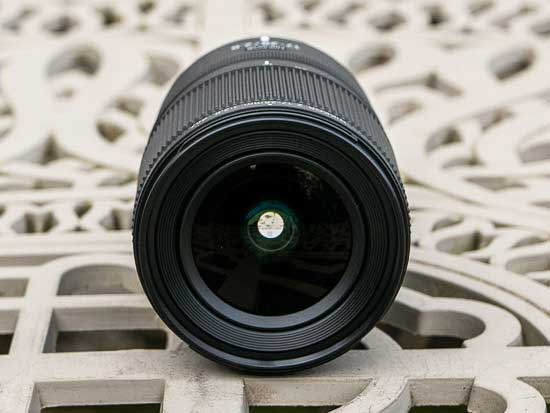
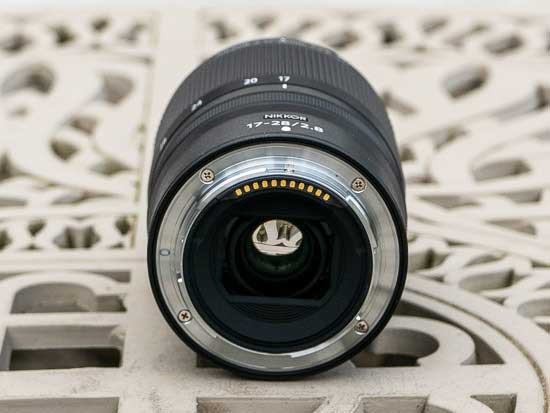
The Nikon Z 17-28mm f/2.8 isn’t fully weather-proof but it does benefit from having a moisture-resistant construction which helps to prevent moisture from penetrating the lens, although we’d hesitate to use it in the rain for a prolonged period.
Nikon state that “The lens is not guaranteed to be dust- and drip-resistant in all situations and under all conditions.“
The front element has a hydrophobic Fluorine Coating that is highly resistant to fingerprints and debris.
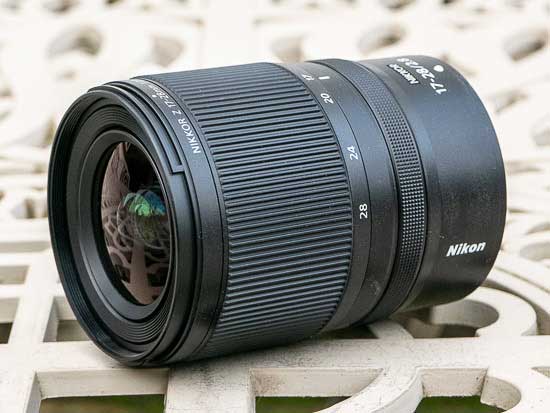
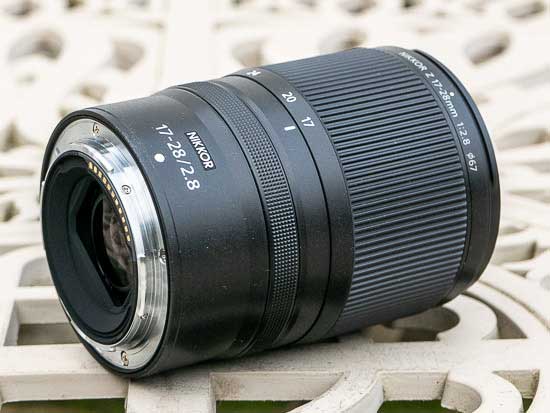
There are no external switches at all on the Z 28-75mm F2.8 lens, not even one for choosing between auto-focusing and manual focusing.
Note that there is no image stabilisation system built into this lens, instead relying on the camera body, which may be an issue if you own a Nikon Z50 or Z fc camera.

The Nikon 17-28mm lens is supplied with plastic lens caps and a plastic flower-shaped lens hood (HB-107) – there’s no lens bag included. The filter size is 67mm.
The hood locks into place and is reversible so you can reduce the size of the lens for transporting it and storing it at a smaller size.
Focal Range
At the 17mm focal length the angle of view is 104°.
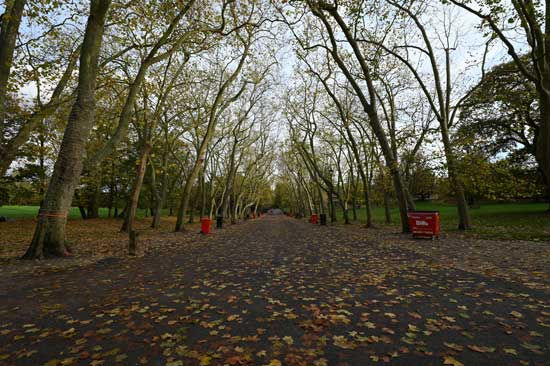
17mm
At the 28mm focal length the angle of view is 75°.
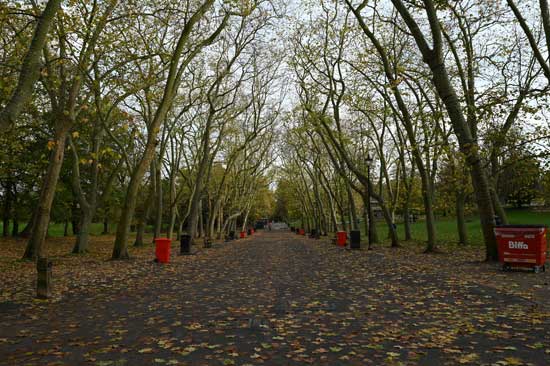
28mm
Chromatic Aberrations
Chromatic aberrations, typically seen as purple or blue fringes along contrasty edges, are very well controlled with the Nikon Z 17-28mm f/2.8 lens – the examples below shows the typical worst-case scenarios.

17mm
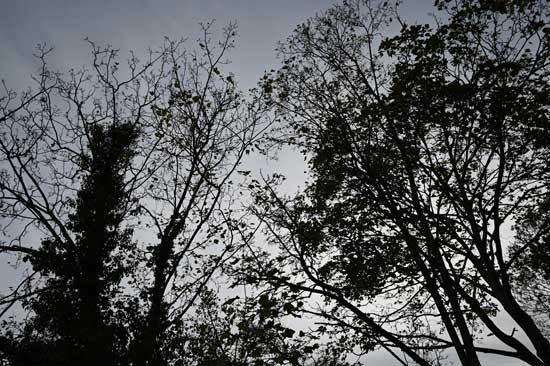
28mm
Vignetting
With the Nikon Z 17-28mm f/2.8 wide open at f/2.8, you can see some noticeable light fall-off in the corners. Stopping down helps, although to completely get rid of this phenomenon, you will need to use an f-stop of f/5.6 or smaller. There’s also noticeable barrel distortion at the 17mm focal length.
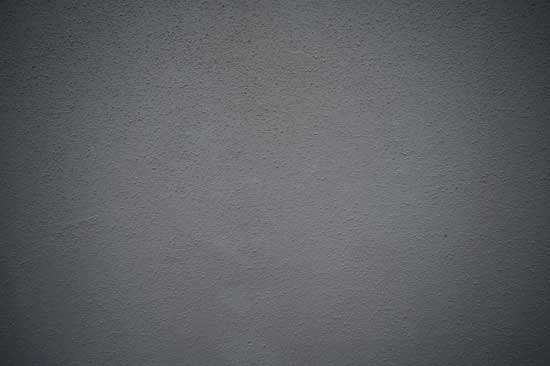
17mm
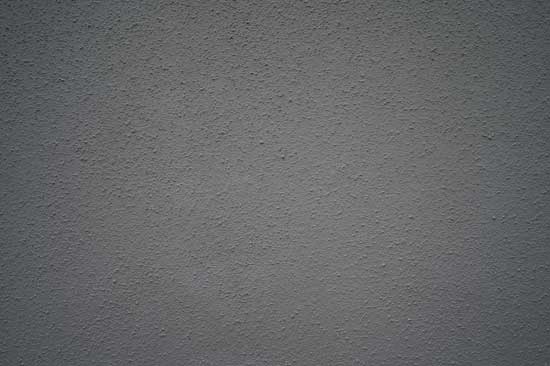
28mm
Distortion
Barrel distortion is clearly evident at both ends of the zoom range, although it’s not too pronounced.

17mm
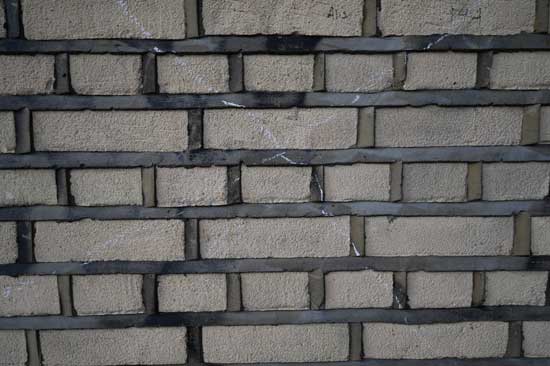
28mm
Sunstars and Flare
The Nikon Z 17-28mm f/2.8 is capable of producing nice sunstars when it’s stopped-down to f/22, as shown below, and flare is well controlled even when when shooting directly into the sun.
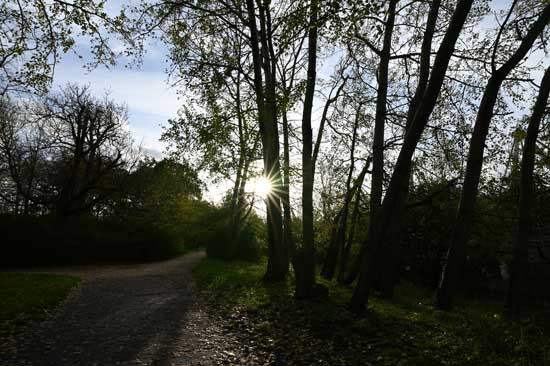
17mm
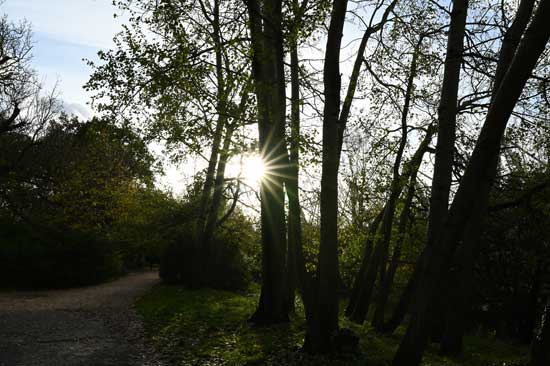
28mm
Macro
The Nikon Z 17-28mm f/2.8 isn’t claimed to be a macro lens, but it delivers pretty good performance nonetheless if you zoom to 28mm. The close-focus point is an impressive 19cm from the film/sensor plane at the 17mm focal length (26cm at 28mm) and it has a maximum magnification ratio of 1:5.2 / 0.19x at the 17mm focal length.
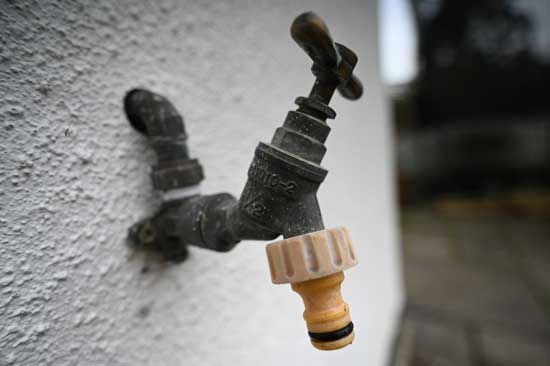



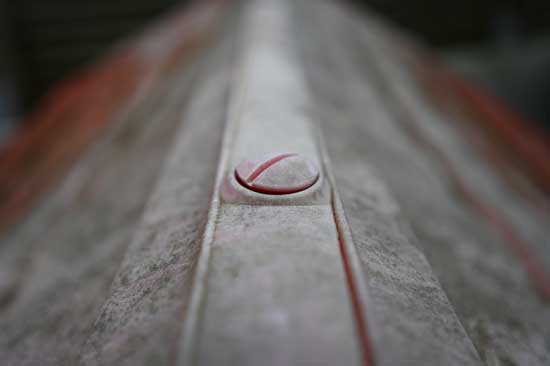
Bokeh
Bokeh is a word used for the out-of-focus areas of a photograph, and is usually described in qualitative terms, such as smooth / creamy / harsh etc.
One of the reason to buy such a fast lens as the Nikon Z 17-28mm f/2.8 is to be able to isolate the subject from the background.
Nikon was apparently very much aware of this requirement, as they employed an iris diaphragm with nine rounded blades for a pleasing rendering of the out-of-focus highlights.
Based on what we have seen, we can say that they largely succeeded. Below you’ll find some examples, but you are also encouraged to check out our sample images.
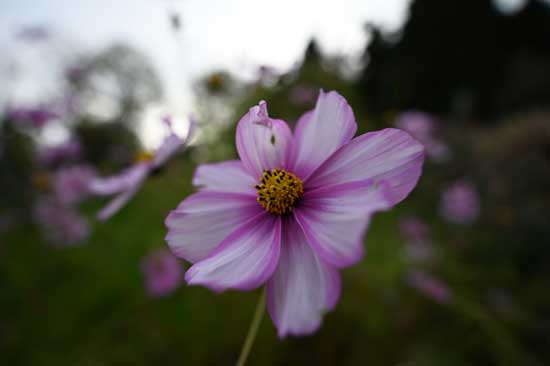
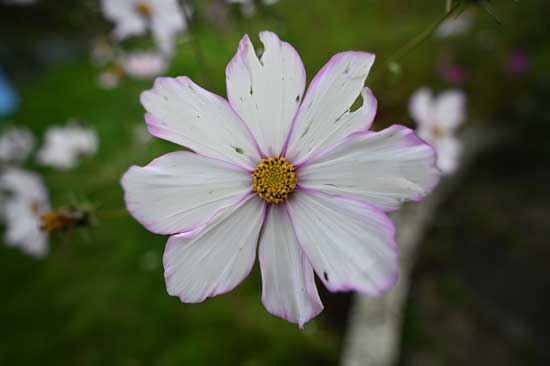
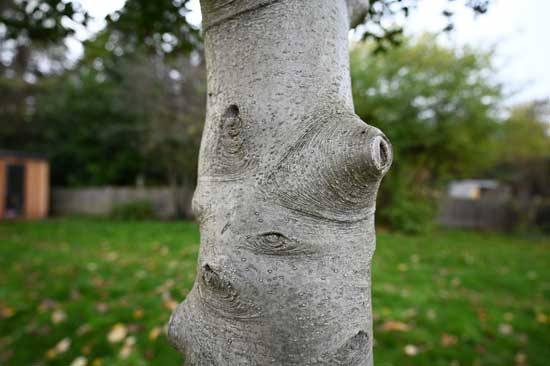
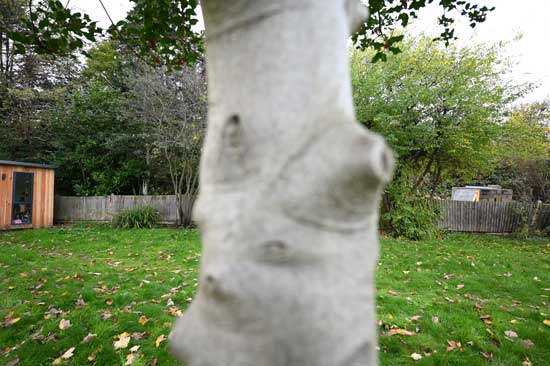
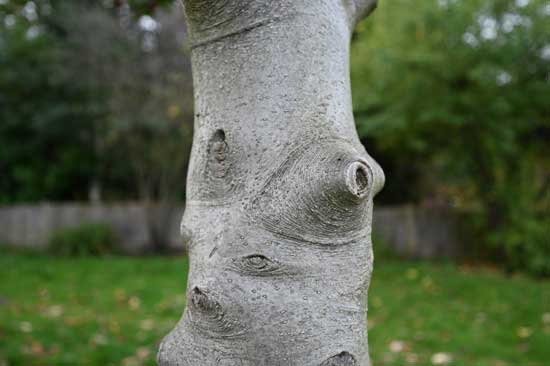
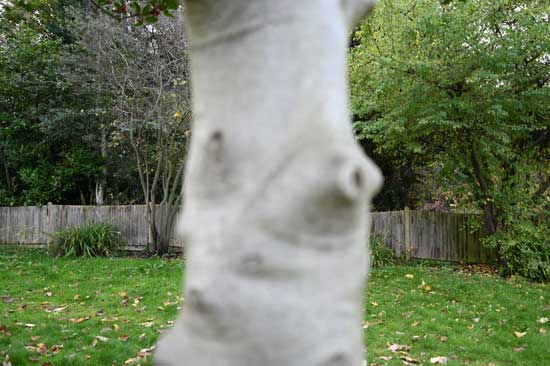
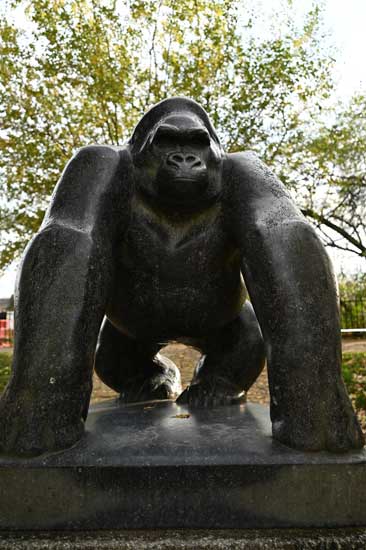
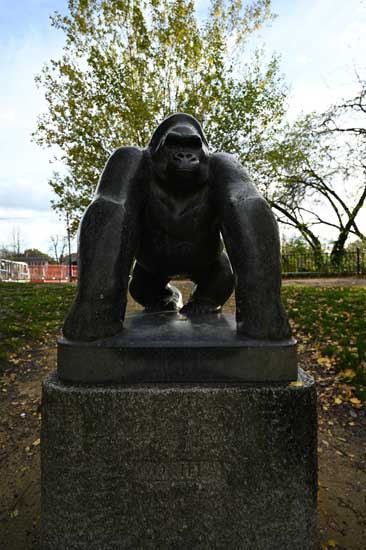

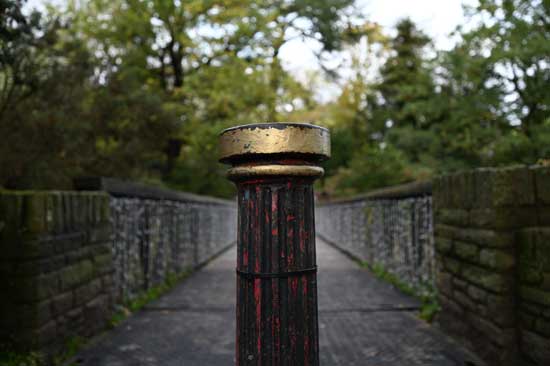
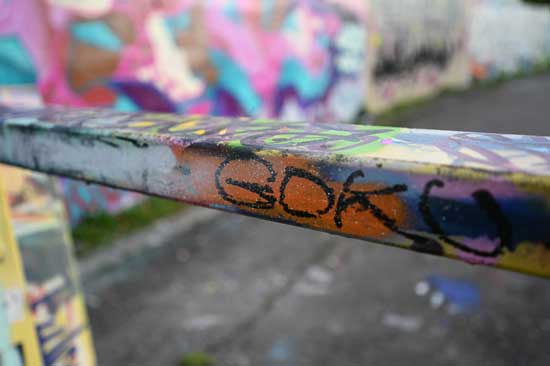
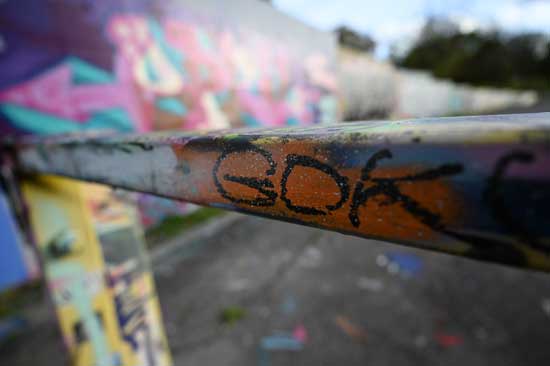
Sharpness
In order to show you how sharp this lens is, we are providing 100% crops on the following pages.






